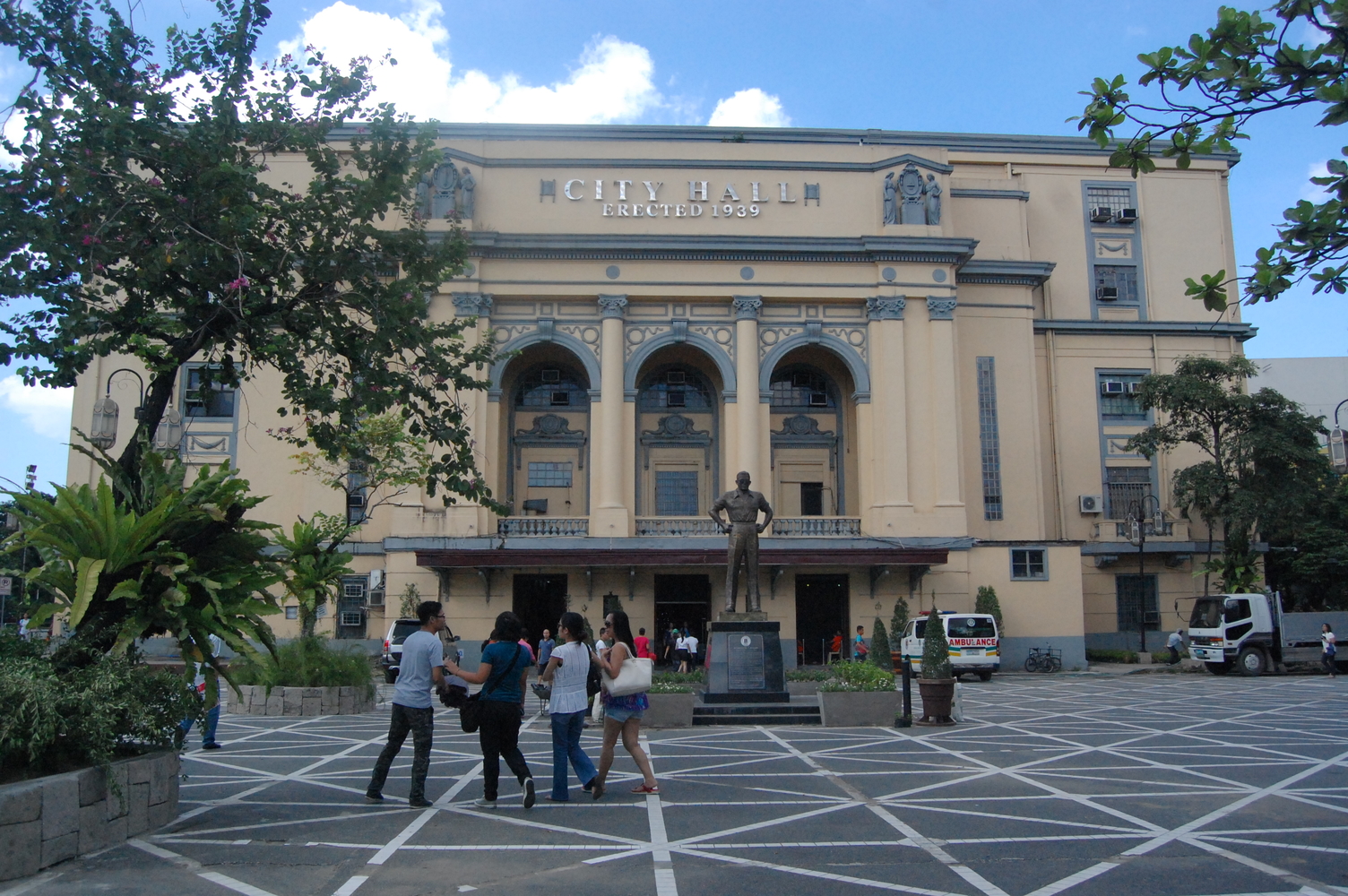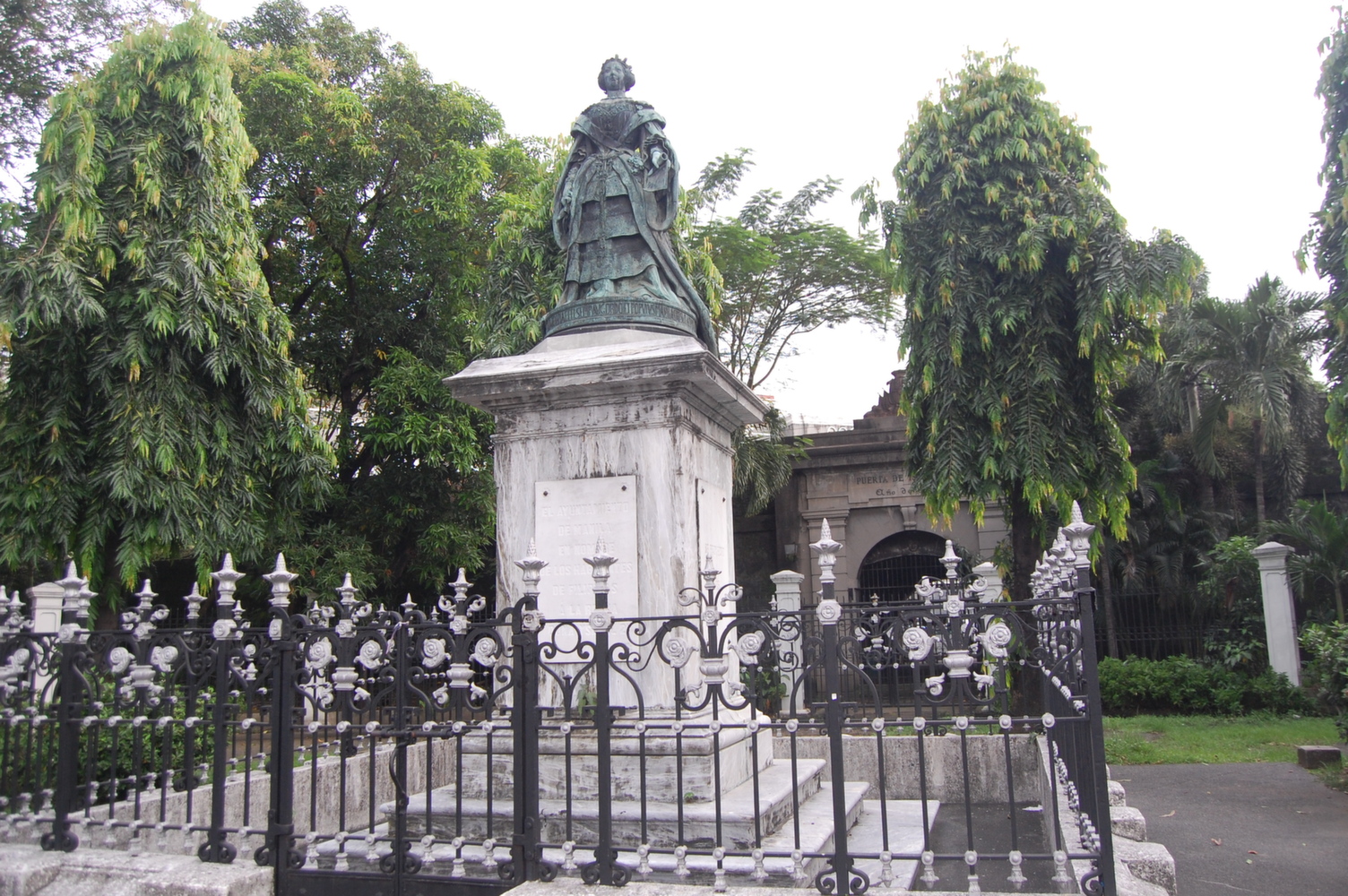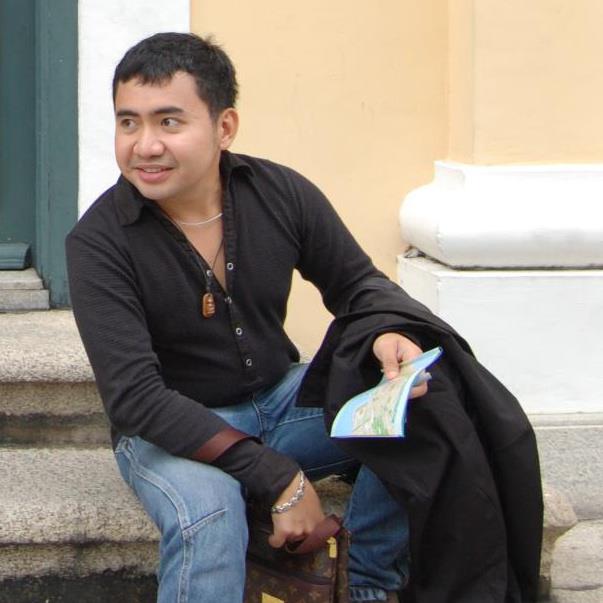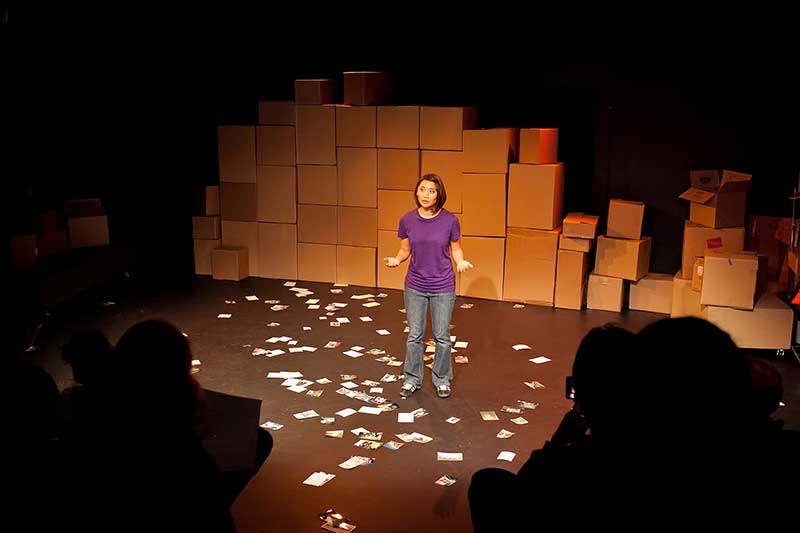I've always wondered why Manila is not as culturally cohesive and in-tact as Bangkok, or as colorful as Kuala Lumpur. As I look back, I grew up without any clear landmark that I can easily associate with the city, in the way that the Eiffel Tower is synonymous to Paris and the Forbidden City, to Beijing. In some ways this can be seen as a problem of identity.
Admittedly, my travels abroad widened my perspective and eventually made me compare Manila to other key cities that I have visited – each offering a different worldview from the rest. Initial impressions on Manila’s may NOT always be pleasant. But, really, what can be expected from the second most devastated city in the world that barely regained its glorious past after the Second World War? It is in this matter that Manila has to be understood in a particular context.
Manila will never run out of popular places to visit, whether you are Filipino simply wishing to unwind or a traveler wanting to explore the city’s local colors and great past. However, it is often hard to make something out of the few and scattered enduring reminders of Manila’s splendor. We used to enjoy the names, “Hispania of the Pacific”, “the Pearl of the Orient”, and Manila being specifically conferred with the title “the Distinguished and Ever Loyal City” by Spain. Early this year, I realized that 24 years in Manila without a full understanding on what it really has to offer is largely my shortcoming. Practically clueless and ignorant, I have been claiming to be a Filipino, but have always been devoid of what is called the Filipino heritage consciousness.
For four consecutive Saturdays, I devoted the entire day to revisit Manila’s famous -- and not-so-famous -- attractions. My explorations resulted in finding more reasons to be proud in being a Filipino. I would like to share some of my realizations about the wonders of Manila, and how -- ever since I revisited Manila -- I have always been talking about it along the narratives it deserve.
Firstly, being deprived from easy access to countries in the mainland, Manila and the rest of the Philippines is often considered as the odd-one-out. But, as what I always say, what differentiates an interesting travel from a dull one is the traveler attitude. It has to be understood that, culturally and historically, Manila is unique in its own way. Manila has witnessed a lot of transformations – from being a tributary to a Hindu-Malay maritime empire, to being a trading kingdom in its own right, to being under Spanish rule for more than three centuries, to the short British and Japanese occupations, to the 50-year American-era, and up to its independence and nationhood. The city definitely offers a totally different story to that of the rest of Southeast Asia.
My “Manila Revisited” starts with San Sebastian Minor Basilica in Quiapo, and the ‘vast’ Luneta Park.
San Sebastian Minor Basilica is one of Manila’s hiding gems, and it is funny how I only went inside this cultural site this year. The only all-steel basilica also happens to be the second structure in the world made completely of steel – just after Eiffel Tower. Understanding that no structure would stand permanently in an area that is frequented by earthquakes, a church that would withstand not only earthquakes but also fire was commissioned by the Recollects. Highly priced by the World Monument Fund, San Sebastian is also the only church that follows the neo-Gothic tradition in the Philippines; it was modeled after the Burgos Cathedral in Spain. Moreover, it is also known to being the only pre-fabricated church in the world with its components shipped from Belgium. The outstanding universal value of San Sebastian is very evident, and a trip to Manila without seeing this engineering marvel is never really complete.

Describing Luneta Park as ‘vast’ is not an opinion; it is a fact. Luneta Park is the largest open-space public park in Asia (Yes, not Tianamen Square), and is a favorite hangout place for many Filipinos and tourists alike. Aside from the historical importance of Luneta, I personally like the way that it functions as a real and traditional plaza where people come together and are at their liberty to do things. The highlight of the place is the Rizal Monument that is watched over by two state guards in uniform. It’s worth the wait to witness the changing of the guards’ rites as it is very regal and a truly exceptional sight in the city. From Luneta, I walked along Roxas Boulevard to witness the golden hour – the sunset at the Manila Bay – and proceeded to the Cultural Centre of the Philippines where regular shows and exhibitions on local arts and traditions are usually staged and are placed on a pedestal.

My first revisit of Manila made me thirst for more. I suddenly became interested about the city’s past. I knew there was more to discover still. On the following Saturday, I decided to spend the day in the very familiar – yet still mysterious – district of Intramuros. I initially considered joining one of the tours being offered, but I ended up taking the tour around the walled city on my own, at my own pacing – it’s actually a good choice.

As mentioned earlier, the grandeur of Manila has always been reshaped through the wars it witnessed. Some of its greatness still stands today, while most have been forever lost. Intramuros, the fortified central district of Manila, is perhaps still the Philippines’ best testimony that this country was once considered as the “Little Europe of Asia”. Largely bombed and destroyed during the World War 2 and the Philippine-American battle, Intramuros and adjoining Fort Santiago have been subjected to a lot of restoration and preservation efforts by the government and international groups alike. In fact, Fort Santiago was once declared as one of the 100 Most Endangered Monuments by the World Monument Watch.

While it also once held the reputation of being “the walled city of many churches” as there were originally seven churches inside, only one remained after World War II, the San Agustin church. Under the inscription Baroque Churches of the Philippines, San Agustin church is a UNESCO World Heritage Site. It takes pride in itself being the oldest church in the Philippines, and in having one of the best church interiors in Asia. The impressive reconstructed Manila cathedral, the principal church of the country, is also located a few steps from San Agustin. Other points of interest within Intramuros are the Palacio del Gobernador, Palacio de Arzobizpado, Plaza de Roma, Ayuntamiento, preserved colonial houses, and several historical monuments and structures. While others say that the best way to experience Intramuros is through riding a calesa (a horse-drawn carriage), I personally prefer walking around the small walled district. At least give Intramuros a whole day to really get a picture on how it may have looked like in the past. It still got charm to boast. Not quite known to most: the Spanish name of the old walled district of Manila is actually Ciudad Murada de Manila; Intramuros is a later Latin coinage.


On the third week of my “Manila Revisited”, I did something a normal traveller would never do: visiting an old university, and an old cemetery.
Manila is home to the oldest university in Asia at 400 years old, the University of Sto. Tomas. Aside from its age, the university happens to have three National Cultural Treasures within its gates: the old administration building, the university grounds, and the Arch of Centuries. Though it may be hard for tourists – local and foreigners alike – to go as far as getting close to the old administration building and the grounds, The Arch of Centuries is probably the first monument one will ever see upon entering the main gate of the University of Sto. Tomas. The present arch, however, is just a replica of the old arch-gate of the earlier university campus that used to be inside Intramuros. As with most buildings in Intramuros back then, the war never spared the old University of Sto. Tomas. Largely of the baroque architecture tradition, with prominent Doric columns, and beautiful sculptures, this is probably the oldest “symbol of learning” in the country.
Paco Park, on the other hand, has a much obscure history to tell. It used to be the exclussive cemetery of the elite residents of Intramuros – it is interesting how the cemetery is also walled in a circular fashion much like the walled city itself. Notable personalities interred in Paco Park were the martyr priests Gomez-Burgos-Zamora, several governor generals of the Philippines, and, for quite a time, also served as the resting place of Jose Rizal, the Philippines’ National Hero, before his remains were transferred to Luneta Park. But, what’s more telling about this park is the fact that it became the mass burial site for the victims of the Asiatic cholera epidemic in the 1820s. During the World War II, this also became a Japanese quarters when they seized Manila. Paco Park is a declared National Park, and serves as a humble place of serenity and beauty amidst the busy districts of Manila. Probably, this is one of the most romantic places I’ve seen so far in the metro.
On the fourth and last week, I decided to go to back to Quiapo, a good starting point for travelers in exploring Manila. I visited the Basilica Minore de Quiapo, the Old Post Office Building, and La Loma Cemetery.

Quiapo Church has actually been elevated to a status of a Basilica Minore. Quiapo Church – of Latin American neo-classical architecture – houses one of the most venerated images of the Christ – the image of the Black Nazarene. Though many would consider Quiapo as a present-day eye sore, I have always felt connected to this old place due to its own charm. Though it is a religious site, its periphery is flooded by “this and that” things. On one end, one can see some vendors selling all sorts of stuff – souvenirs for tourists, religious materials, herbs and medicines, potions and black magic concoctions, charms and amulets, among others. On the other end, you will see a line of fortune tellers who would gesture invitations to passers-by. Passing through Quezon Bridge, I headed to the Post Office Building. It is one of the few old buildings in Manila that reminds us how grand Manila might have been before, and has been a witness to the many transformations in the capital. My visit to the Post Office was a functional visit. I went there to send someone a postcard. Though I could have sent the postcard in a local post office, I felt that “that someone” should have a remembrance of the old Post Office Building – at least on stamps – before they reconfigure it as a hotel soon. I also went to the oldest cemetery in the country – the La Loma Catholic Cemetery. It being one of the oldest is enough justification as to why I felt this place deserves to be visited. The baroque mortuary chapel is, admittedly, the centerpiece of the place. At the moment the chapel is abandoned and in a state of massive deterioration.

There are still a lot of places in Manila that travelers can explore. Manila Zoo, for example, is the first and biggest zoo in Asia. Manila also houses some of the biggest malls in the world. The China Town in the old districts of Manila is the oldest recorded China town in the world as well. Manila is unique. One has to figure it out by himself as I’m sure that he will find another interpretation of things.
Post by Bernard Joseph Esposo Guerrero
 Bernard Joseph Esposo Guerrero is a self-confessed cultural junky. Based in the Philippines, he has delivered several talks on tourism, destination promotion and management, and the importance of cultural conservation. As a heritage advocate and consultant, he has assisted and appeared in some features by the Euronews, NGC-Asia, Solar TV, ABS-CBN Regional News Network, as well as being cited by the Philippine Star and the PIA. He enjoys ticking off as many UNESCO World Heritage Sites as possible. So far, Gunung Mulu National Park in Sarawak, the Preah Vihear Temple in Cambodia, and the Philippines' Apo Reef and Ifugao Rice Terraces are the best places he has seen in SE Asia.
Bernard Joseph Esposo Guerrero is a self-confessed cultural junky. Based in the Philippines, he has delivered several talks on tourism, destination promotion and management, and the importance of cultural conservation. As a heritage advocate and consultant, he has assisted and appeared in some features by the Euronews, NGC-Asia, Solar TV, ABS-CBN Regional News Network, as well as being cited by the Philippine Star and the PIA. He enjoys ticking off as many UNESCO World Heritage Sites as possible. So far, Gunung Mulu National Park in Sarawak, the Preah Vihear Temple in Cambodia, and the Philippines' Apo Reef and Ifugao Rice Terraces are the best places he has seen in SE Asia.
Discover other similar posts on Bernard's blog.





















